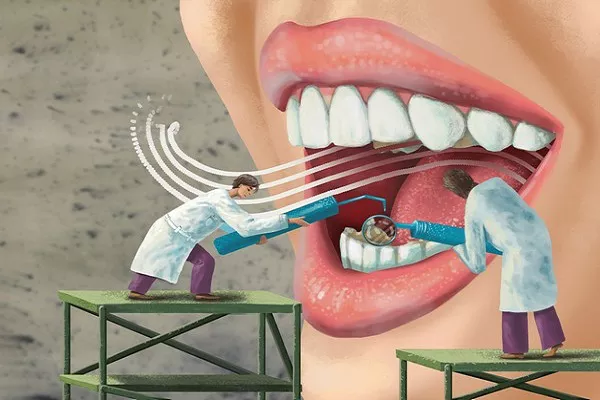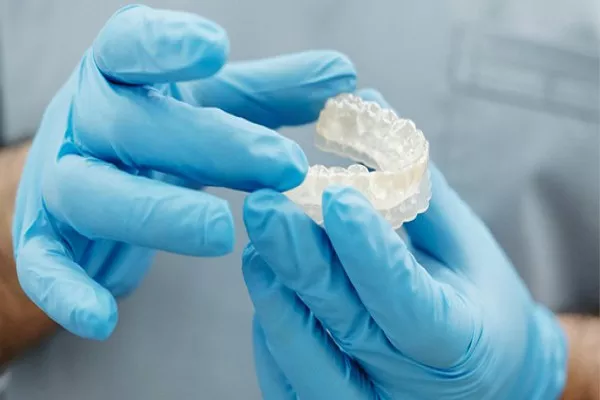Dental amalgam fillings have been in use for over 150 years and are still one of the most common types of fillings used by dentists today. But how long do amalgam fillings last? There are several factors that can influence the lifespan of an amalgam filling, so let’s take a closer look.
What are Amalgam Fillings
Amalgam fillings are made from a combination of metals, including silver, tin, copper, and mercury. This mixture creates a durable and long-lasting material that is commonly used to fill cavities in teeth. Amalgam fillings are known for their strength and ability to withstand the forces of chewing and biting, making them a popular choice for posterior teeth.
Influencing Factors
The lifespan of an amalgam filling can vary depending on several factors, including the size and location of the filling, your oral hygiene habits, and your overall health. Here are some of the key factors that can influence how long an amalgam filling lasts:
Size of the filling: Larger fillings are generally more prone to failure than smaller ones, as they experience more stress and wear over time.
-
Location of the filling
Fillings in the back teeth (molars and premolars) are under more stress from chewing and biting, which can cause them to wear down faster than fillings in the front teeth.
-
Oral hygiene habits
Good oral hygiene, including brushing and flossing regularly, can help extend the life of your fillings by preventing decay and other dental problems.
-
Overall health
Certain health conditions, such as acid reflux or eating disorders, can increase the acidity in your mouth and lead to faster deterioration of fillings.
How to Care for Fillings
While there is no exact lifespan for amalgam fillings, on average, they can last anywhere from 10 to 15 years or longer with proper care and maintenance. Here are some suggestions for how to care for your amalgam fillings:
-
Practice good oral hygiene
Brush and floss regularly to prevent decay and other dental problems.
-
Avoid grinding your teeth
Grinding your teeth can put extra stress on your fillings, causing them to wear down faster.
-
Avoid eating hard or sticky foods
These types of foods can put extra stress on your fillings and cause them to crack or come loose.
-
Visit your dentist regularly
Regular dental checkups and cleanings can help detect any problems with your fillings early on and prevent further damage.
In conclusion, the lifespan of an amalgam filling can vary depending on several factors. While they are a durable and long-lasting option for filling cavities, it’s important to take care of them through good oral hygiene habits and regular dental checkups. If you have concerns about the lifespan of your amalgam fillings, talk to your dentist about your options for replacement or other types of fillings.
































